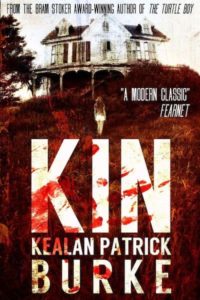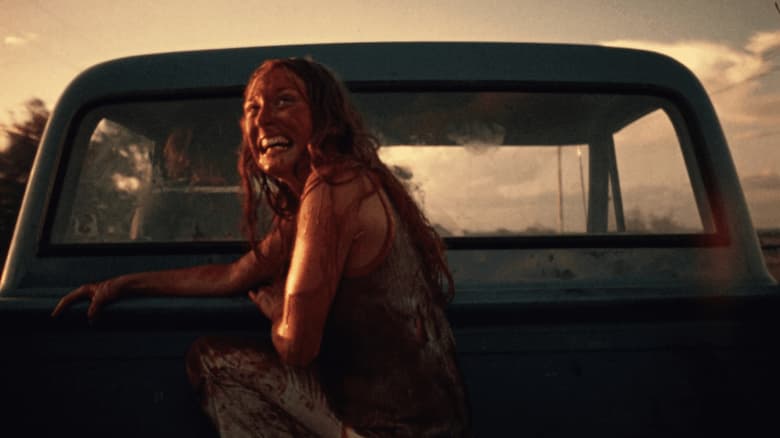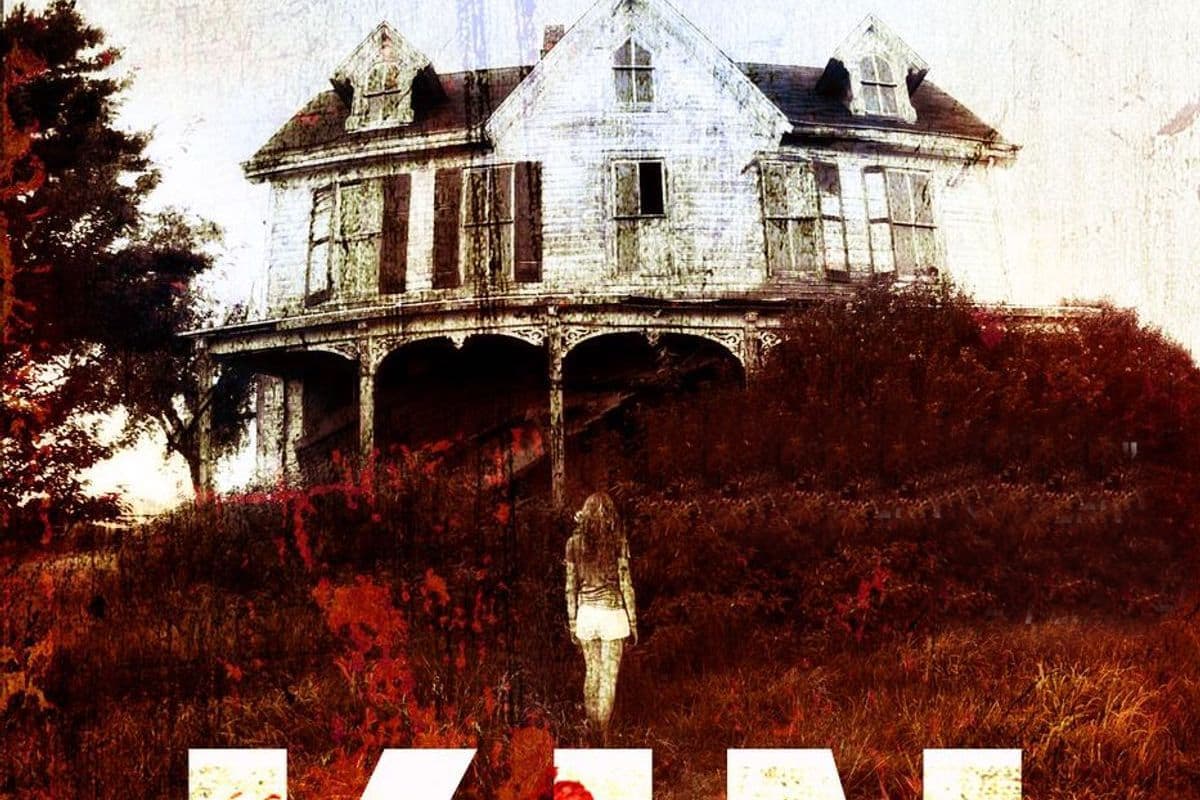I love The Texas Chainsaw Massacre.
I’ve loved it since I was a wee boy and going through my “Lets watch horror and be edgy” phase (a phase, I’m proud to report, has not yet ended). I love it for two reasons. The first is the iconic dinner scene. To my young mind, I couldn’t correlate the banality of a family dinner with the horror I’d been witnessing on screen.

As Sally (played by Marilyn Burns) is tied down to her chair at the second head of the table (a spot traditionally reserved for guests of honour) I was so revolted that I pretended to need the toilet and asked my friends not to pause the film as I left the room and took a breather. It was the first time I’d ever seen horror being compressed down like sausage meat and funnelled into real life situations that were relatable to me.
The second reason I love The Texas Chainsaw Massacre is within the final moments of the film. After I’d came back into the room, my bladder squeezed of every ounce of urine, and took my place back on the couch, I understood that what I was watching was going to stick with me for a long time. As Sally, bloodied, broken, and yet resilient, climbs into the back of the passing pickup truck, she begins to laugh. That laugh has haunted me in a way that few horror scenes have.

She won. Throughout everything she suffered, she’d beaten Leatherface and his family of backwards cannibals. She’d suffered, she’d lost friends, but she’d kept her own life and was laughing maniacally in as the tarmac grew longer and longer between herself and her captor. That laugh made no sense to me. Surely, she should be crying? Wouldn’t I cry? Shouldn’t she be crying out of respect?
As each of these questions flooded my mind, I had no idea that a few decades later a novel would come out that would go a little way to answering my biggest question – why is she laughing?
The Essence of Kin by Kealan Patrick Burke
The novel Kin by Kealan Patrick Burke opens on a road I imagine looks quite like the one Sally finds refuge on. There are wide open fields, the road is a bit rickety, and you can feel the heat emanating from the page as the sun rises over the dusty plains of middle America.
Kin is The Texas Chainsaw Massacre through the looking glass. While Tobe Hooper’s film explores the horrific events at the Sawyer household, Kealan Patrick Burke explores the aftermath of events that happen off page in his own book. What’s left on the pages of the novel are memories of blood-spattered events that overtook Claire and her group of friends as they went on a yuppy-esque jaunt through the backwoods of America akin to the Wrong Turn franchise (most closely resembling the 2021 remake, though the least said about that the better).
As a sidenote, while it is never the fault of someone wanting to explore the world off the beaten track, I can’t help but wonder why these college kids in films and books are so desperate to see a different kind of tree? Put their expensive shoes through landscape that’s a bit more rugged? I have honestly never seen the appeal of wandering off a hiking trail? But I digress…
Claire and her friends do, and they meet the Merrill family as a result.
Religious Rednecks and the Curse of Self-Righteousness
The cast of this novel is huge. From Claire, the survivor, to Finch, the Iraq Vet brother of one of the victims, this novel does a fantastic job of weaving together the consequences of the Merrill family’s actions amongst a varied and widespread group of disparate characters without losing the thread of any of them. This could be eighteen articles all on its own, so for brevities sake, we’ll focus on the Merrill family, the Burkian-Sawyers.
For similar examples of a such stories, read about X-File’s episode “Home” or an examination of Wrong Turn, where you’ll find many parallels.
The main theme underpinning the Merrill family is religion and self-belief that the world outside their little unit is corrupted morally. There are other great parallel’s here between the Merrill family and the family in Ania Ahlborn’s novel Brother (Gallery Books, 2015). These beliefs are juxtaposed against a life of brutal savagery, cannibalism, and extreme filth.
Mam-in-Bed is akin to the Slob from Aron Beauregard’s The Slob (2020). While her violence is impeded by her obesity, the obscene squalor she lives within is mottled only with her defiance against civilisation. It’s as if she takes pride in the disgusting sores and swathes of dirt that cling to her body in a dirty protest no one knows she is participating in.
Mama-in-Bed is the moral anchor of her familial unit, a bulwark of corrupted Christianity, and it is through this she becomes the most useful member of the family. (You can also find further parallel’s to the previous mentioned X-Files episode.) Although she is immobile and entirely dependent on the love her family shares for her, she is the spiritual leader of this cheap knockoff of any villainous family in any exploitative horror film, and that gravitas adds a deeper layer of attraction to the Merrill family. We see their rationale through the lens of their mother.
— FOUNDATIONS OF HORROR —
Further explore these subgenres & tropes. more>>
#Hillbilly horror | #Foreign Locations are Scary

Reflecting on Kin
It would be easy to dismiss this novel. It is violent, yet the focus of the novel is revenge, not the act of violence that sprung the movie. The characters of Kin by Kealan Patrick Burke can seem simplistic, motivated by stereotypical stock emotions downloaded and applied directly to their dialogue. But there is a subtle undercurrent of touching reverence for the 1970’s and the slasher decade that erupted from it.
Burke weaves old narratives down well-trodden paths, but isn’t that the beauty of those paths? Seeing things that others may have missed? Afterall, if you’ve been paying attention, we all know what happens when you leave the hiking trail behind in the name of adventure. You often don’t come home.
Once upon a time, I contributed to a discussion about torture porn, and, more specifically, the kids-running-afoul-of-inbred-cannibals subgenre. I bemoaned the lack of story, and of character depth in both the heroes and villains, and was told to put up or shut up. So I wrote KIN.
Additional Reading
Interview: Kealan Patrick Burke Confronts Fear… by Creating Fear
An Interview with Kealan Patrick Burke, an awesome author!
Last Updated on December 31, 2021.

